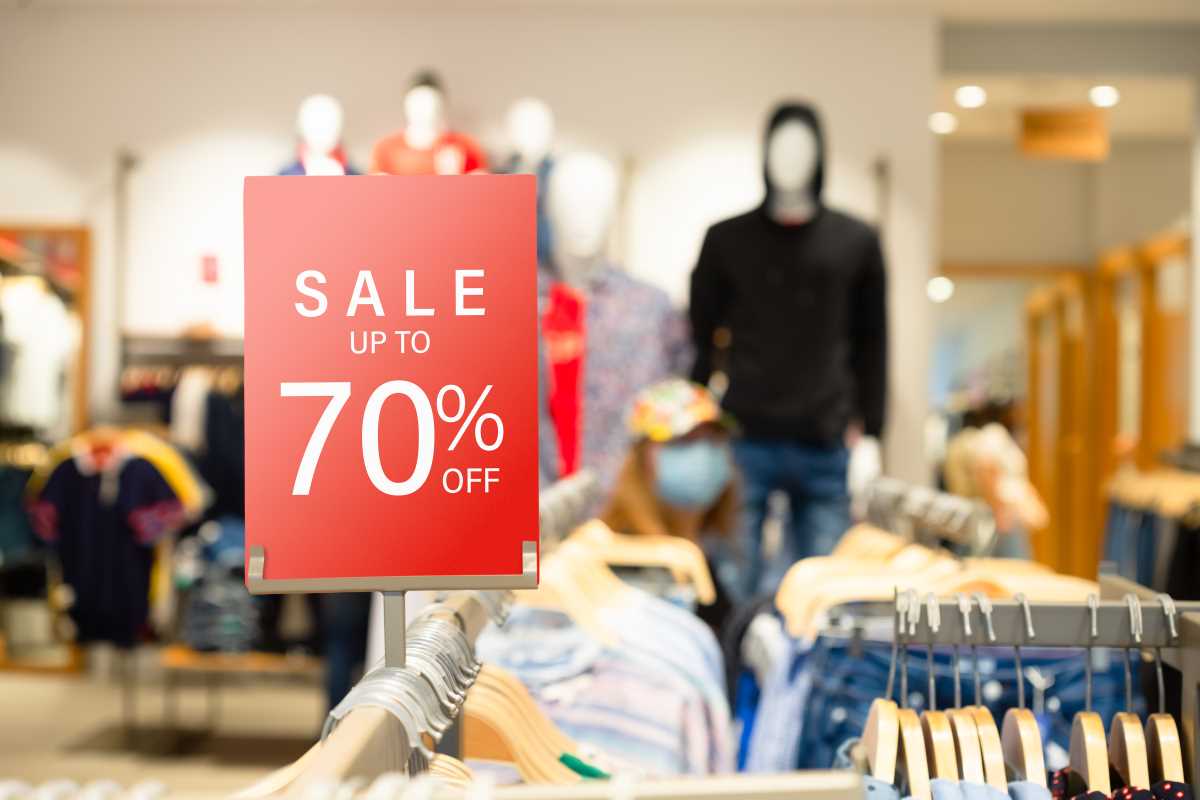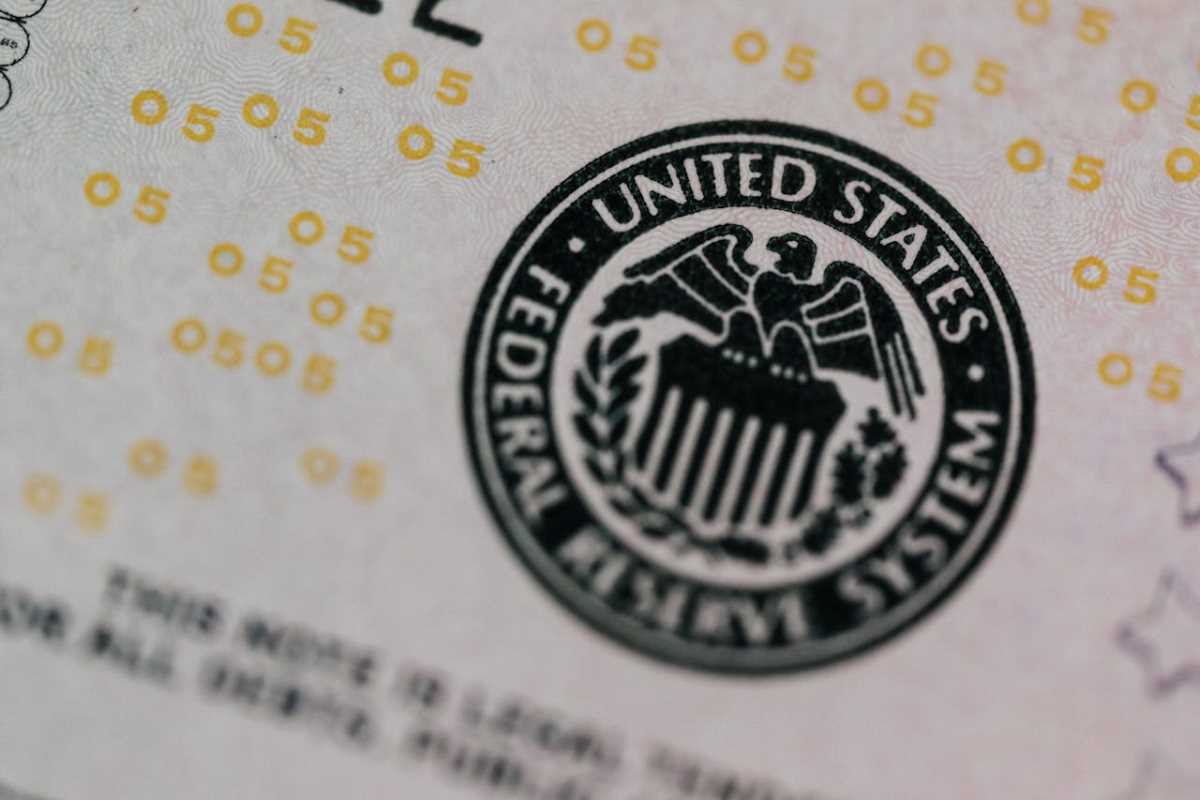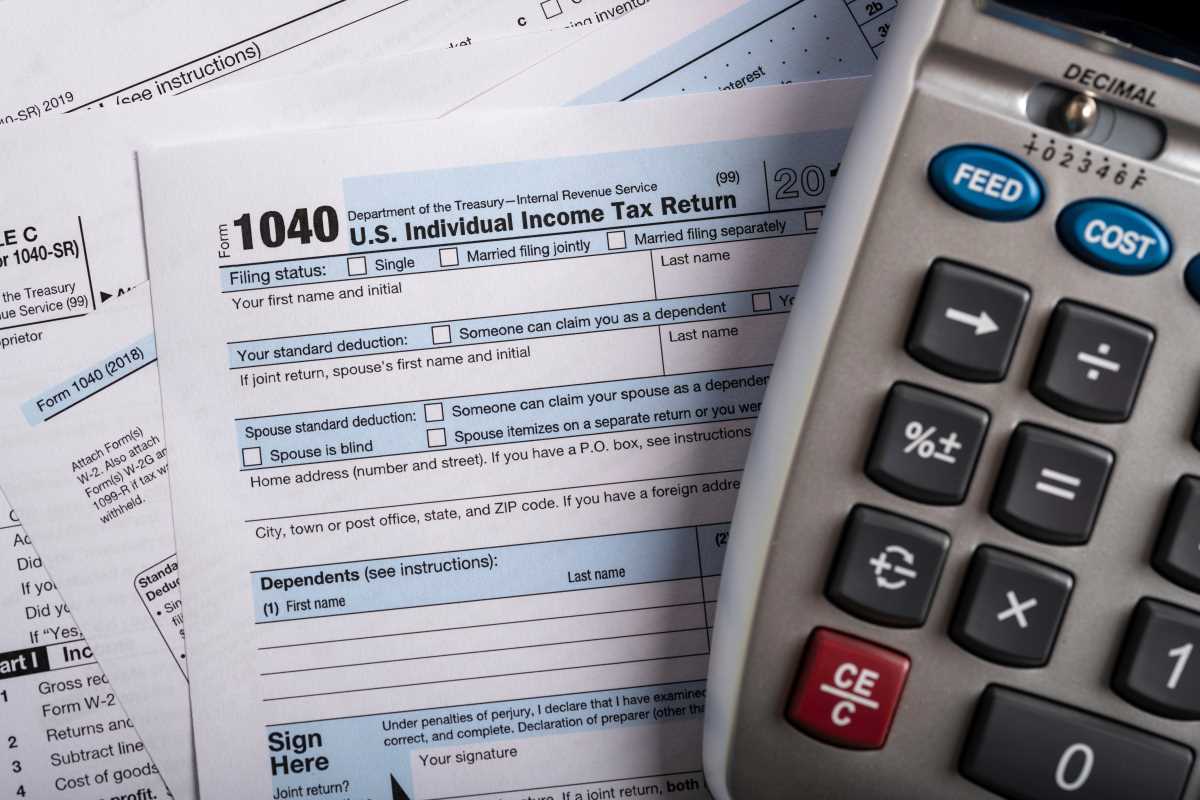Black Friday has become one of the most anticipated shopping events of the year. It promises massive discounts, limited-time offers, and the opportunity to score high-quality products at a fraction of the cost. However, not all Black Friday deals are as good as they seem. With the rise of online shopping and the intense competition among retailers, many shoppers find themselves swindled by "fake" deals that seem too good to be true. In this guide, we’ll explore how you can find legitimate Black Friday deals and avoid falling for deceptive offers.
Understanding the Black Friday Hype
Every year, as Black Friday approaches, the media buzz intensifies. Retailers advertise jaw-dropping discounts, showcasing items ranging from electronics to clothing. While it’s true that Black Friday brings some of the best deals of the year, not all sales are created equal. Some items may be marked down only slightly or bundled with less valuable add-ons. Worse, some stores may inflate prices before offering a supposed “discount.” Amid this frenzy, it's essential to have a strategy to spot real deals and avoid fake ones. Below are a few tips on how to navigate Black Friday sales and make sure you’re getting your money’s worth.
1. Know the Product’s True Value
Before diving into Black Friday deals, it’s important to understand the regular price of the items you're interested in. Many retailers will mark up an item before offering a "discount," giving the illusion of a better deal than it really is. Knowledge of the product's true value is the key to discerning whether a deal is genuine. How to determine a product's regular price
- Do your research: Check the product's price history using websites like CamelCamelCamel (for Amazon products) or PriceGrabber. These websites allow you to track price trends, ensuring that inflated prices are not misleading you.
- Monitor prices leading up to Black Friday: Prices may fluctuate in the days or weeks before the event. Take note of any major price drops, as these may signal an intentional discount rather than a genuine deal.
- Compare across different retailers: The best way to know if you're getting a good deal is by comparing the price of the product at multiple stores. If a store is claiming a large discount but the same item is available elsewhere for less, it’s likely a fake deal.
2. Beware of “Doorbusters” and Flash Sales
Retailers love to advertise “doorbuster” deals, where a limited number of products are available at a very low price to entice shoppers into stores or websites. These items are often promoted as limited-time offers or with high urgency, but in many cases, these deals are either extremely hard to access or aren’t as valuable as they seem. How to avoid falling for flash sales:
- Check inventory availability: Make sure the deal you're eyeing is not a “limited quantity” item that sells out within seconds. Some retailers may only offer a handful of items at a reduced price, and the majority of customers will miss out on the deal.
- Don’t rush into purchases: If a sale is too good to be true, it might be. Take your time and check the reviews and price history of the item before buying in haste.
- Look for value, not urgency: While scarcity can make a deal seem more appealing, it’s more important to assess the product's actual value. A real Black Friday deal should feel like a win, not like a rushed decision to avoid missing out.
3. Examine the Terms of the Deal
Many Black Friday deals come with specific conditions that are buried in the fine print. These could include higher shipping costs, product exclusions, or return restrictions. Some deals may not be as great as they first appear once you factor in these hidden terms. How to check the terms of a deal
- Look for hidden fees: Before making a purchase, check whether the deal includes free shipping or if any extra fees would negate the value of the discount.
- Review return policies: Some Black Friday deals come with stringent return policies, making it difficult to return or exchange items. It’s essential to check the store’s return policy before finalizing your purchase.
- Understand the warranty terms: When buying high-ticket items like electronics, make sure the warranty is clear and that it covers all essential repairs or returns. If the warranty is limited, that could be a red flag.
4. Be Wary of Fake Product Listings
In the online shopping world, it’s not uncommon to come across fake or counterfeit products, especially on third-party platforms. Some sellers will offer heavily discounted items that look genuine but are actually replicas of inferior quality. How to identify fake listings:
- Check seller reviews: If you’re shopping online, always check the seller’s reviews. A legitimate seller should have a strong reputation with plenty of positive buyer feedback.
- Look at product descriptions carefully: Fake products often have vague or poorly written descriptions. Be cautious if the product description lacks details or if the product photos seem too generic.
- Verify authenticity: Verify the authenticity with the brand’s official website for branded items. Major companies, such as Apple and Nike, often list authorized resellers on their site.
5. Pay Attention to “Free Gifts” and Bundles
Many Black Friday deals include free gifts or bundled items designed to make the deal look more appealing. While some bundles do offer great value, others may contain unnecessary or low-quality items that only serve to inflate the perceived value of the deal. How to evaluate bundles and free gifts:
- Assess the value of the extras: Before jumping at a bundle deal, evaluate the free items to determine their worth. For instance, a free pair of low-quality headphones with a $300 laptop may not justify the “deal.”
- Consider whether you need the extras: If the free gift or extra item isn’t something you’ll use, it may be better to skip the deal and purchase only the core item you need.
- Look for discounts without bundling: Some stores offer discounts on individual items without forcing a bundle. These deals are often more transparent and valuable.
6. Stick to Trusted Retailers
While shopping on Black Friday, it’s essential to prioritize shopping with trusted, well-known retailers. While smaller shops may offer enticing deals, there’s a higher chance of encountering counterfeit products or poor customer service. Well-established brands tend to offer more reliable products and a safer online shopping experience. How to shop safely with trusted retailers
- Stick to big-box stores: Large stores with established reputations are likelier to offer legitimate discounts on quality products. Stores like Amazon, Walmart, Target, and Best Buy are reliable options.
- Check for secure websites: Make sure that the website has a secure checkout process, indicated by "https" in the URL and a lock symbol in the browser. This ensures that your payment information is protected.
- Sign up for newsletters: Many established retailers offer exclusive Black Friday deals to email subscribers, giving you an early heads-up on sales and promotions.
7. Use Deal Aggregator Websites
Deal aggregators are websites that specialize in collecting and curating Black Friday deals from across the internet. These platforms can save you time and effort by bringing the best offers to one location, helping you avoid the hassle of visiting multiple sites and missing out on savings. How to leverage deal aggregators:
- Explore aggregator sites: Websites like Slickdeals, RetailMeNot, and Honey can help you find the most competitive Black Friday offers and promo codes.
- Set deal alerts: Many deal aggregators allow you to set alerts for specific items or categories. This helps you stay updated on the best deals without having to manually search.







